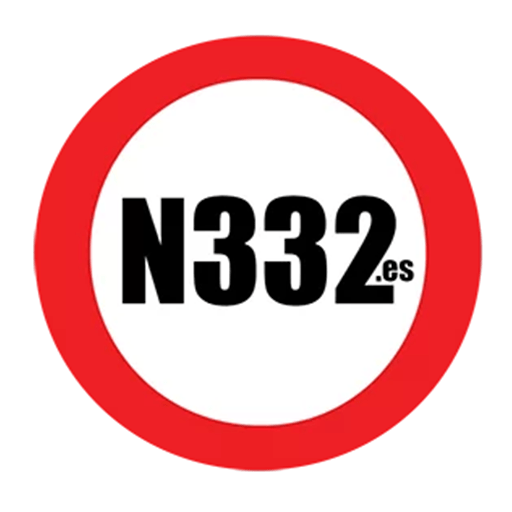During the summer months, the General Directorate of Traffic (DGT) will focus part of its efforts on a key factor in road traffic incidents, inappropriate speed. To do this, they will launch specific surveillance campaigns throughout the summer. It will do so with an entire arsenal of devices, among which are mobile radars installed in vehicles, and for which the DGT has been showing off the two new models chosen for this purpose, cameras, helicopters and even drones.
According to the provisional data for 2021, 588 people died in traffic incidents due to road exits or head-on collisions: events in which speed was a transversal factor. To this information they add the report that the European Road Safety Observatory (ERSO) has prepared on this concurrent factor in 2021: 30% of road deaths are caused by excessive or inappropriate speed.
The DGT, therefore, will monitor in a special way that the established speed limits are complied with, controlling, above all, the risk sections associated with it, as well as those points where traffic exceeds the established limit and there is a high incident rate. Although they will announce the existence of controls to drivers, there will also be camouflaged mobile radars on which the specific coordinates are not revealed.
To assist in their monitoring of speeds, there are 545 mobile radars that (both during this specific campaign and the rest of the summer) will be installed in both marked and unmarked vehicles of the Guardia Civil. Identifying the latter is complicated because they are conventional models that have been adapted for these surveillance tasks. They are usually of different brands: Citroën, Peugeot, Opel, SEAT, Renault, Ford…
Now the General Directorate of Traffic has shown two of the models that it will use during this summer to monitor that traffic complies with the established limits. In the case of the vehicles that do circulate identified, it will be several units of the Alfa Romeo Stelvio and in the case of the cars that seek to go unnoticed, it is a blue SEAT Exeo, which has a few years under its belt. Using both newer and older vehicles means that the Guardia Civil can maintain an element of surprise, as almost any vehicle on the roads could turn out to be a traffic car.

This fleet of passenger cars will be joined by the camouflaged vans that the DGT uses to detect and sanction the use of mobile phones by drivers as well as the correct use of seat belts. They will not be the only vehicles since the DGT has just incorporated 34 camouflaged motorcycles that are part of a pilot project that will be carried out during the weekends of this summer. With this initiative, the aim is to minimise the incident rate of motorcyclists and for this they will control the roads frequented by this type of driver, where they will check if they carry out responsible driving.
To the vehicles (camouflaged or not), the DGT adds other surveillance systems such as the 780 fixed radars located on hard shoulders, poles and gates and the 92 stretches. It also has 245 cameras (29 are new) to monitor the use of seat belts and mobile phones at the wheel: 60% of them are located on conventional roads.
On the other hand, the DGT has a staff of 23 drones (which identify infractions related to mobile phones and seat belts) and ten helicopters equipped with MX15 cameras, the ones in charge of giving life to the Pegasus surveillance system with which excesses of speed, overtaking with a continuous line, improper changes of direction, absence of the seat belt, use of the telephone at the wheel, etc, are all closely monitored.
Discover more from N332.es - Driving In Spain
Subscribe to get the latest posts sent to your email.

You must be logged in to post a comment.